Table of Contents
1. Why Console Access Matters
In normal operation, you manage BIG-IP appliances via:
- The Configuration Utility (HTTPS GUI on TCP/443)
- SSH (tmsh or bash shell on TCP/22)
However, when those paths fail—due to misconfiguration, network isolation, or software faults—the serial console remains the one guaranteed way to:
- Complete initial software installations or hotfix upgrades, which reboot the system and thus cut off network management temporarily.
- Run low-level diagnostics (End-User Diagnostics, or EUD) to isolate hardware faults (failed fans, corrupt flash).
- Recover from boot loader failures, password resets, or configuration mistakes that render the management plane unreachable.
In short, console access is your lifeline to the BIG-IP’s embedded operating system whenever network access is impaired.
2. Prerequisites & Required Hardware
Before you plug in a cable, gather:
- Console Cable
- RJ-45 to DB9 serial cable supplied by F5, or
- RJ-45F to RJ-45M rolled adapter plus your own CAT5 patch cable.
- Serial Console Server or a management workstation with a DB9 (or USB-to-serial) port.
- Terminal Emulator on the workstation, such as PuTTY, Tera Term, or screen/minicom on Linux/macOS.
Tip: If your laptop lacks a DB9 port, use a quality USB-to-serial adapter and install the manufacturer’s drivers first to avoid ghost COM ports.
3. Physical Connection Steps
- Power Off the BIG-IP (recommended, but you can also hot-plug on most models).
- Attach the Cable:
- Plug the F5-provided RJ-45 to DB9 cable into the CONSOLE port on the rear panel of your BIG-IP.
- If you have only a CAT5 cable, connect the RJ-45F to RJ-45M rolled adapter to the CONSOLE port, then plug your CAT5 cable into the adapter.
- Connect to Your Console Server or directly to your workstation’s serial port.
- Power On the BIG-IP and be ready to catch the boot sequence messages on your emulator.
4. Configuring Your Terminal Emulator
Set your terminal to the default serial parameters:
- Baud Rate: 19200 (bits per second)
- Data Bits: 8
- Parity: None
- Stop Bits: 1
- Flow Control: None
In PuTTY, for example:
Serial line: COM3
Speed: 19200
Data bits: 8
Parity: None
Stop bits: 1
Flow control: None
If output is garbled or blank, double-check that the baud rate is indeed set to 19200 8-N-1.
5. The Initial Boot & Login
As the BIG-IP boots, you’ll see a cascade of messages:
- Power-on self test (POST)
- TMOS Loader
- Kernel and TMM (Traffic Management Microkernel) initialization
- System services startup
At the login: prompt, enter:
- Username:
root - Password:
default
You will then be forced to change the root password before proceeding. Once inside, you can:
shell
# tmshto drop into the tmsh shell, or:
shell
# bashto access the underlying Linux shell (if enabled under System → Users → Administrators → Shell).
6. Common Console Tasks
6.1 Running End-User Diagnostics (EUD)
From the root@bigip:/> prompt:
shell
eud– launches tests for CPU, memory, disk, fans, thermal sensors, and more. Use these diagnostics to validate hardware health when the system exhibits unexplained faults.
6.2 Viewing & Editing Configuration Files
If your network interfaces are misconfigured and you cannot reach the GUI, you can:
shell
cd /config
ls -l
vi bigip_base.confApply fixes and then save:
shell
tmsh load sys config from-file /config/bigip_base.conf
tmsh save sys configReboot from the console when ready:
shell
reboot6.3 Recovering a Lost Admin Password
If you’ve misplaced the admin GUI credentials, you can reset them:
- Interrupt the boot loader to enter the TMOS loader prompt.
- Boot into single-user mode.
- Modify or reset the
/config/bigip_base.confadmin user entry. - Reboot normally and log in with the new password.
Warning: Always back up your UCS archive (
tmsh save sys ucs /var/local/ucs/backup.ucs) before making manual edits.
7. Advanced Console Access: Remote & Redundant Options
7.1 Console Servers & KVM Over IP
In larger data centers, you may plug your RJ-45 console cable into a console server—allowing multiple engineers to access devices remotely over SSH or a web UI. Ensure your console server:
- Supports 19200 8-N-1 settings
- Is secured behind vaults or jump hosts
- Logs all serial session activity for audit trails
7.2 Out-of-Band Management via iControl REST
While not a true “console,” F5’s iControl REST API allows remote execution of many maintenance commands—provided the management interface is reachable:
POST https://<mgmt_IP>/mgmt/tm/sys/reboot
{ "command": "run" }This can complement your serial console procedures when network paths are restored.




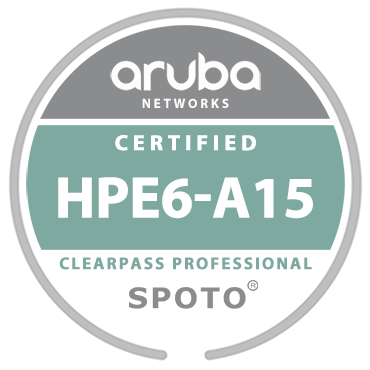
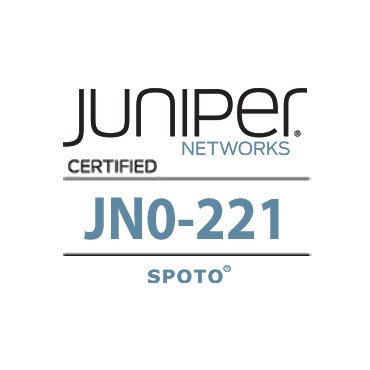

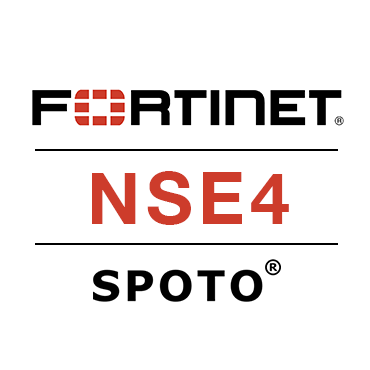
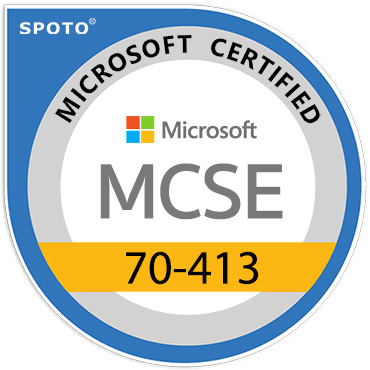




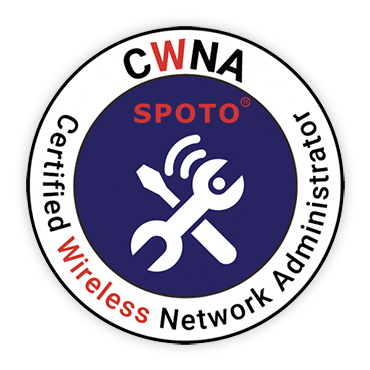



Comments